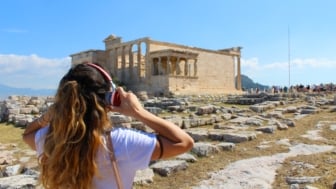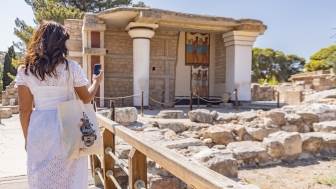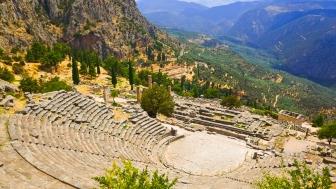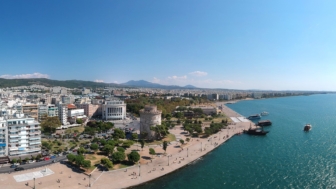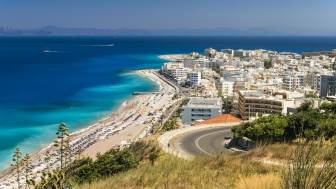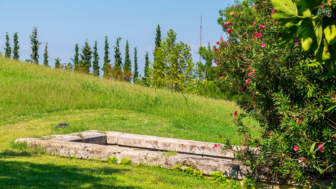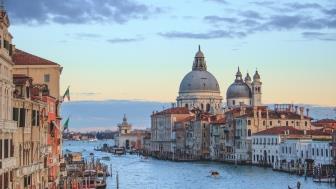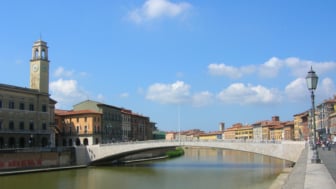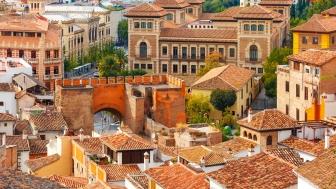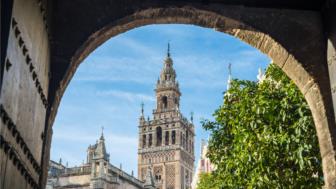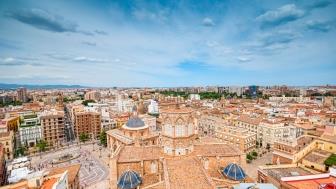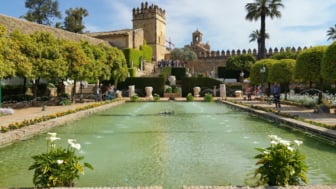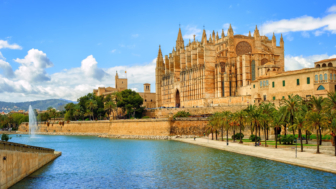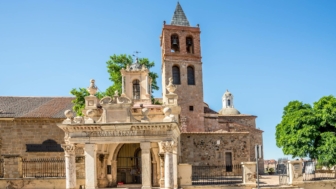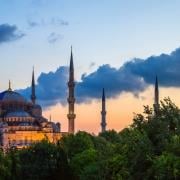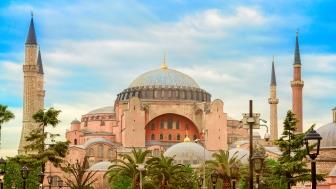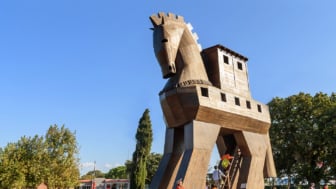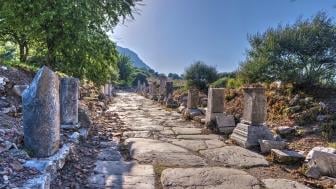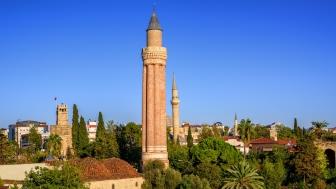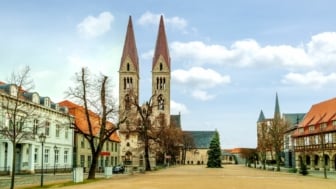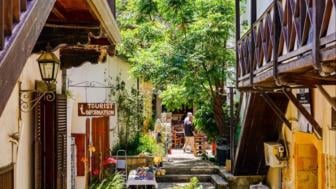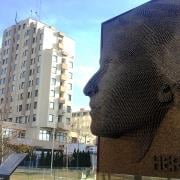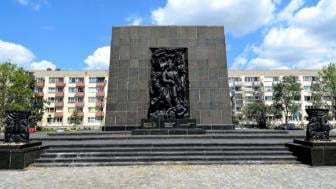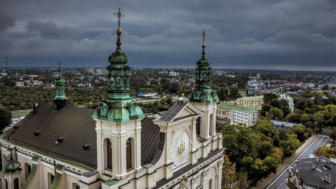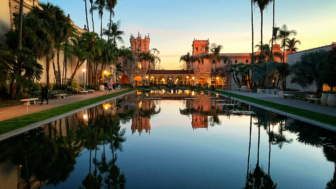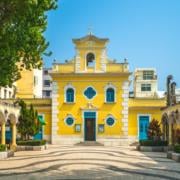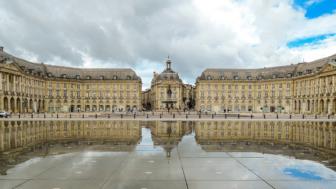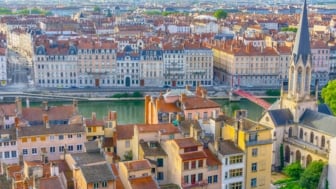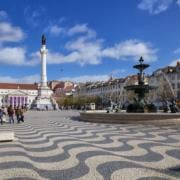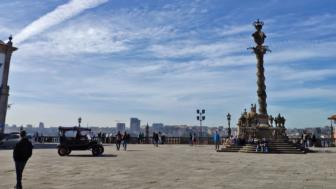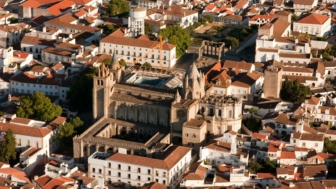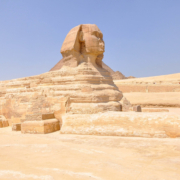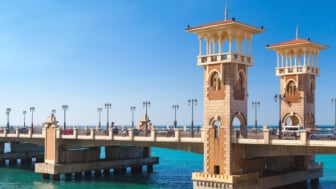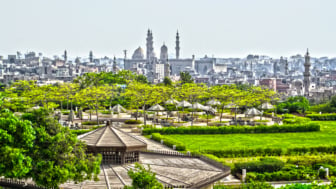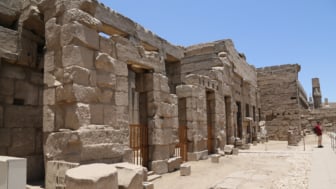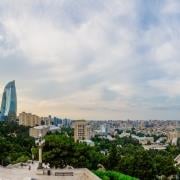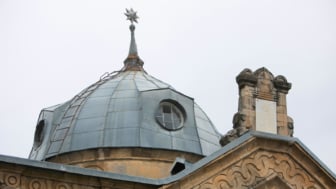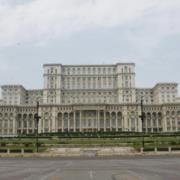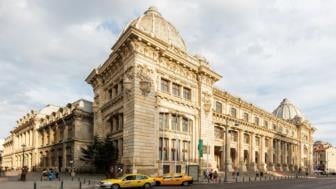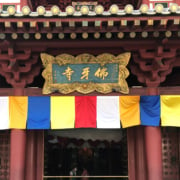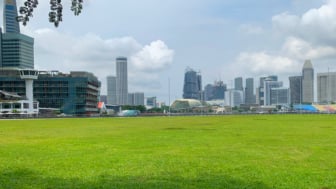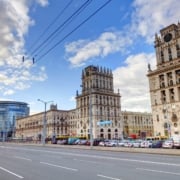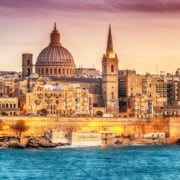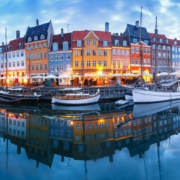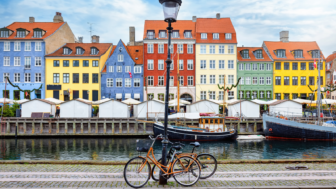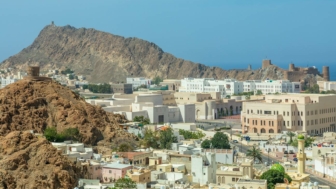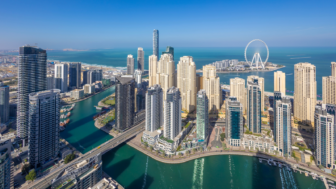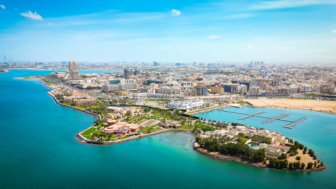Muscat is a bowl. The ring of bare hills cutting off the city from the hinterland traps heat and humidity and prevents cooling sea breezes from reaching the residents. There is also very little water. Despite these limitations, long-distance trade transformed Muscat into an elegant town with fine houses. By the 15th century, countless boats delivered cloth, cereals, and enslaved people and departed with their holds full of dates and horses.
The town grew and became crucially important, a jewel any regional power would be most happy to possess. Many invaders and even more peaceful settlers endowed Muscat with a uniquely cosmopolitan character and dozens of landmarks. The Omanis became expert weavers of disparate elements to create an exciting city where history and culture blend seamlessly and effortlessly. Muscat is friendly and inviting. Five easy steps allow any visitor to discover its incredible charm.
Step One: Explore the coastal forts
The sea can bring danger or deliver vast wealth. The Omanis learned the former the hard way as successive foreign powers sailed to their shores for loot or conquest and the latter the old-fashioned way as merchants to far-flung markets. Muscat offers excellent harbours sitting close to crucial trade routes, so whoever controlled the city did their best to ensure that no interlopers would snatch it from their hands. The Portuguese seemed the most determined to keep their prize and spent substantial sums in the sixteenth century to build strong forts on craggy hills overlooking the sea. Two still rise proudly above the waves: Al Jalali and Al Mirani. Neither helped the Portuguese keep their precious toehold in Muscat, but both preserve an aura of adventure and swashbuckling from an era when small boats defied the waves and managed daring feats in the most distant corners of the world.
Step Two: Look for the khanjars
Staring at people is never polite. But if you happen to see an Omani walking with a weirdly shaped dagger attached to his belt, you can consider yourself lucky, for you will have seen an aspect of genuine Omani culture. Throughout the Islamic world, the dagger symbolises national pride and masculinity. From a young age, boys in Oman wear silver pieces at their waists to accustom themselves to carrying daggers when they reach adulthood. The Omani dagger is known as the khanjar and is readily identified by its characteristic shape: the broadly triangular-shaped blade is bent to the right at about half its length. The reason is practical: the shape allows the user to draw the dagger quickly and cut the enemy with the inner blade. In addition, when the sheath points to the north, the other end points towards Mecca, which is very convenient at prayer time.
Several different types of Omani khanjars exist depending on the handle’s decoration and shape. However, almost all of them were traditionally made by melting silver coins (Austrian thalers were very popular because they contained 82% fine silver). The hilts were usually made of elephant tusk, buffalo horn, or sandalwood. However, the most popular material was the rhinoceros horn, which gave the hilt a translucent look. Today, khanjars are mostly worn at weddings or other important religious celebrations. Nevertheless, if you were looking for one item to encapsulate the spirit of Oman, the khanjar would be your safest choice. And if you fail to see one on the street, just head over to the Bait Al Zubair Museum, whose fascinating collection of Oman artefacts is definitely worth a couple of hours of your time.
Step Three: Discover the secrets of falaj
Oman is partially covered by the world’s largest sand desert (the famous Rub al Khali), and rain is highly seasonal and unevenly distributed. Fertile land is also notably scarce and concentrated primarily at the mouth of valleys, where erosion and runoff have deposited poor-quality silt that cannot preserve moisture. Nevertheless, most Omanis make a living as farmers, battling against the odds to produce grains, forage crops, and fruits (especially dates). Their secret weapon is called Falaj.
This ingenious system of canals delivers precious water to the fields from great distances using underground canals connecting wells dug in the aquifer above the land to a settlement that needs this scarce source. Access is strictly controlled. The water cannot be diverted to private dwellings (which use wells to cover their needs) but flows primarily to help farmers grow crops. The Omani countryside is full of these canals and their accompanying wells, but if crisscrossing this beautiful country is impossible, you can enjoy a replica of the falaj system at the magnificent Bait Al Zubair Museum at the heart of Muscat’s old city.
Step Four: Abandon all sense of direction in Muttrah souk
If downtown Muscat is all about politics, Muttrah is the perfect destination for old-fashioned shopping. Just by walking along the serene corniche, you see traces of a past when ships and caravans delivered goods and wealth into the hands of local merchants, who then turned their profits into majestic mansions. However, to find the genuine Muttrah, you must lose yourself in the souk’s maze-like network of tightly-packed shops and alleys. There is something beautifully deceptive about Muttrah Souk.
Perfunctory visitors will enter the bazaar through the main entrance at the corniche and exit at the back after having perused a cornucopia of tourist trinkets and feeling satisfied they have seen what the souk is all about. Thus, they will miss everything. The heart of the souk lies on either side of the central passage and extends for hundreds of metres. The aroma of countless different spices mingles with the sweet smell of incense while light reflects on the shining surface of museum-quality silver and gold artefacts sold by weight and skill level. If you are willing to explore and are opposed to run-of-the-mill mass-produced souvenirs, Muttrah Souk is your ideal destination.
Step Five: Read the autobiography of Emily Ruete
The fifth step is very convenient and portable. All you have to do is pick the autobiography of Emily Ruete, published as Memoirs of an Arabian Princess from Zanzibar. Ruete was born Sayyida Salama bint Said in 1844. She was a princess of Oman and Zanzibar and grew up in a privileged environment. In 1866, she became pregnant with the child of Rudolph Heinrich Ruete, a German trader in Zanzibar. Her brother, who has ascended to the throne, planned to send her on a pilgrimage, but Ruete knew that women in her condition who embarked on such journeys never returned. She pretended to prepare for a pilgrimage to Mecca for a few months, only to escape with Ruete to Germany, where she was baptised as a Protestant Christian.
Her husband’s untimely death left her isolated in a country whose language she did not speak and with very little money. Nevertheless, she learned German and wrote her autobiography. When published, Ruete became the first known autobiography of an Arab woman, offering a fascinating glimpse into women’s lives in nineteenth-century Oman. So, pick up a copy, settle in a comfortable chair, and discover Omani culture and history through the eyes of an impeccable eyewitness to the country’s past.
-
Duration: 2h 20min
-



